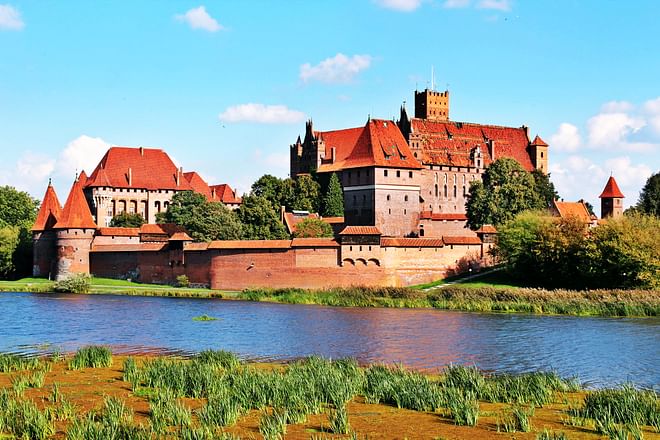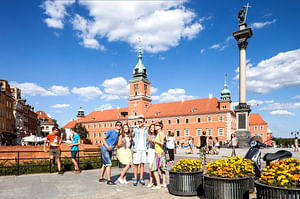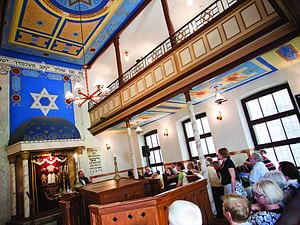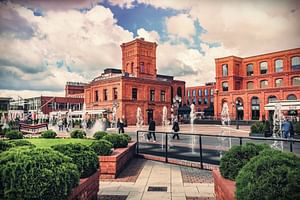The castle was founded in 1274 by the Teutonic Order during their government of Prussia and is located on the Southeastern bank of the river Nogat. It was named Marienburg after the Virgin Mary, p...
The castle was founded in 1274 by the Teutonic Order during their government of Prussia and is located on the Southeastern bank of the river Nogat. It was named Marienburg after the Virgin Mary, patron saint of the Order.
The Order had been based in Acre, but when this last stronghold of the Crusades fell, the Order had to move its headquarters to Venice. In 1309,in the wake of both the papal persecution of the Knights Templar as well as the Teutonic takeover of Danzig, the Order under Siegfried von Feuchtwangen moved its headquarters into the Prussian part of their monastic state. They chose the Marienburg, conveniently located on the Nogat, in the Vistula Delta, which allows access by ship.
The castle was expanded several times to host the growing number of Knights, and became the largest fortified Gothic building in Europe, featuring several sections and walls. It consists of three separate sections - the High, Middle and Lower Castles, separated by multiple dry moats and towers. The castle once housed approximately 3,000 "brothers in arms", and the outermost castle walls enclose 52 acres (210,000 m²), four times larger than the enclosed space of Windsor Castle.
The favorable position of the castle on the river Nogat and its relatively flat surrounding allowed for easy access by barges and trading ships, from the Vistula and the Baltic Sea. During their governance, the Teutonic Knights collected river tolls on passing ships, as did other castles along the rivers imposing a monopoly on the trade of amber. When the city became a member of the Hanseatic League, many Hanseatic meetings were held at Marienburg castle.
In the summer of 1410, the castle was besieged following defeat by the armies of Władysław II Jagiełło at the Battle of Grunwald, but Heinrich von Plauen successfully led the defense in the Siege of Marienburg (1410), during which the city itself was razed.
In 1456, during the Thirteen Years' War, the Order- deserted and opposed for establishing taxes to pay high ransoms for prisoners taken by the Polish king -could not pay its mercenaries. Hochmeister Ludwig von Erlichshausen moved the seat of the Order to Königsberg, and gave the castle to the Bohemian mercenaries as payment. The mercenaries left, after selling the castle to King Casimir IV Jagiellon, who thus acquired what he and his predecessor could not conquer. He entered the castle triumphantly in 1457.
Under Mayor Bartholomäus Blume, the city itself resisted the Polish onslaught for three more years, until the Poles captured and hanged Blume in 1460. A monument to him was erected in 1864. Castle and town became part of Royal Prussia in 1466, and served as one of the several Polish royal residences. During the Thirty Years' War, in 1626 and 1629, Swedes occupied the castle, and again from 1656 to
1660 in The Deluge (Polish history) during the Northern Wars.











